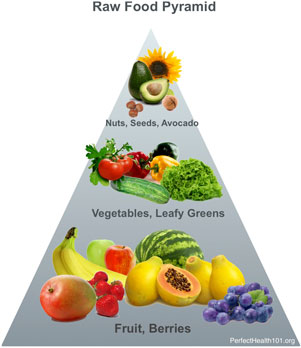07/31/2019 FIGS
Genesis: 3:7 Then the eyes of both of them were opened, and they realized they were naked; so they sewed fig leaves together and made coverings for themselves.
[New International Translation]
Summary
After Adam and Eve disobeyed GOD, after the “Fall from Grace,” they immediately felt naked. Although they were experiencing a spiritual separation from GOD, because of their disobedience, they thought they could solve this spiritual problem in a physical way---namely by making clothes (i.e., covering their bodies). They began sewing fig leaves together in order to make coverings for themselves.
FIGS
A Biblical Fruit
Figs were a common and popular fruit during biblical times. Figs were eaten fresh, dried, like raisins and they were also fermented. There are a number of references to figs in the bible besides the reference in Genesis 3:7. For example, Abigail, the wise wife of Nabal (whose name means “fool” or “folly”), baked 200 fig cakes as a peace offering for David. See, 1Samuel 25:4-38. Zacchaeus, who was short in stature and who desired to see JESUS, climbed a sycamore fig tree. See, Luke 19:4. JESUS saw Nathanael under the fig tree before Nathanael encountered JESUS. See, John 1:48.
Fig trees and grapevines were common household plants. Micah 4:4 states: “Every man will sit under his own vine and under his own fig tree.” In times of war, armies often destroyed homes, vineyards and fig trees. So, to be able to sit under one’s own vine and fig tree represented a time of peace and prosperity. In Isaiah 36:16, the King of Assyria uses this same imagery of the fig tree symbolizing “the good life.” In Isaiah, the King of Assyria’s emissaries persuasively promise that each Israelite soldier would have his own fig tree and drink from his own cistern if each of these soldiers came over to the King of Assyria’s side and joined the Assyrian army and abandoned King Hezekiah.
JESUS also used the fig tree in a number of his teaching parables. In Luke 13:6-9, there is the parable of the barren fig tree and in Mark 13:28-29, there is the parable of the budding fig tree. In Matthew 21:18-20 and Mark 11, there is the withered fig tree. While a fruitful fig tree is a symbol of joy, peace and prosperity, a leafy but barren fig tree, like a showy religion, may “look good,” like many of the synagogue religious leaders, because it bore no fruit, it was really of no value. Again, using a fig tree parable in Luke 13:6-9, JESUS warns of the dangers of spiritual fruitlessness.


